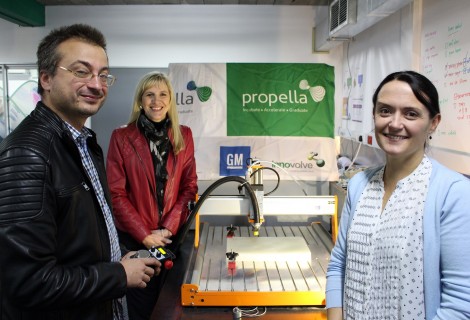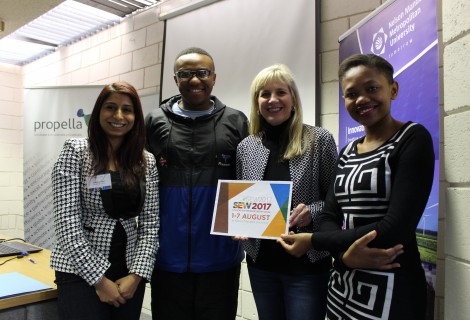The science behind saving billions of rands
The WeldCore® friction taper hydro-pillar welding and repair process was featured in a supplement of The Herald, Business in the Metro on 30 November.
The published article can be read below:
SOLID scientific study and innovation in Nelson Mandela Bay are behind a developed welding and repair process that is saving industry billions of rands.
Export markets for the WeldCore® friction taper hydro-pillar welding and repair process developed by the eNtsa engineering technology station at Nelson Mandela Metropolitan University (NMMU), await following accreditation by the world’s leading engineering body, the American Society of Mechanical Engineers.
“The strength of eNtsa builds on strong academic and fundamental evaluation of the processes and the programmes required to develop technology based on scientific principles.
“This guarantees, to a large extent, that the technology will perform as required,” corporate materials specialist at Eskom Marthinus Bezuidenhout said.
Tomorrow key development players will be in Nelson Mandela Bay to witness how the WeldCore® technology has helped keep the lights on by enabling the power utility to safely continue operating older power plants without having to invest billions of rands to replace equipment.
According to Bezuidenhout, the technology allows operators to take core samples of turbines, tanks and pipelines to determine how much life is left in the component.
Friction welding is used to permanently close the hole left when the sample is taken. eNtsa has done testing for Sasol, as well as Eskom, and the technology is now ready to be used in other industries, according to eNtsa director Prof Danie Hattingh.
“It’s a good example of how research can be focused on solving challenges facing industry in South Africa,” he said.
Universities like NMMU have a vital role to play because they combine high-level research with the latest in testing equipment.
NMMU’s investment in the first high-resolution transmission electron microscope (HRTEM) which can focus on the atomic structure of materials, is cited by Bezuidenhout as one of the university’s strengths.
“The university has made huge strides in developing the skills needed to understand the fundamentals of the mechanisms behind the ageing of materials,” he said.
The microscope is one of four housed in the R120-million H RT E M centre for teaching and research, a partnership between the National Research Foundation, the Departments of Science and Technology and Higher Education and Training, NMMU and Sasol.
“eNtsa is really the only facility of its type in South Africa that I know of. It is an extremely good model of the processes required to develop industry – ready solutions needed by South African companies,” Bezuidenhout said.





